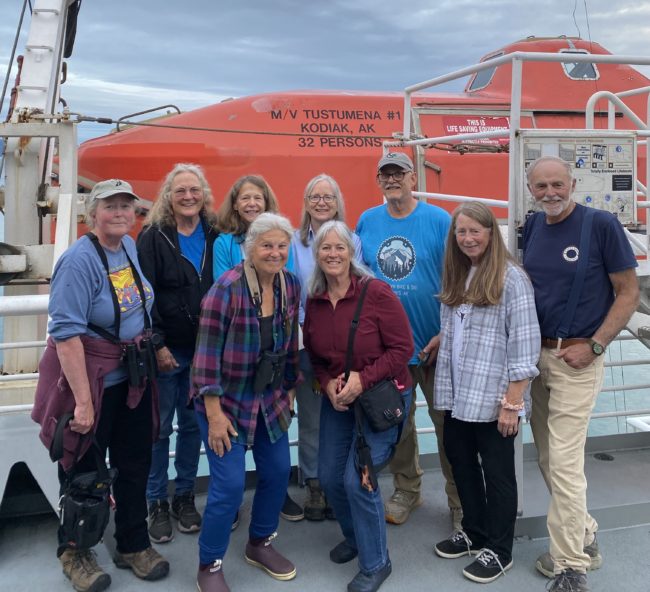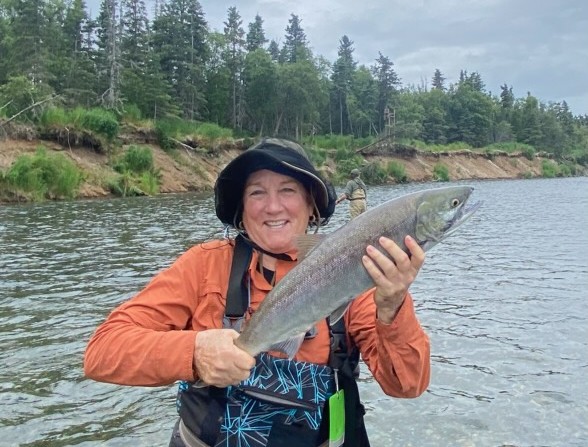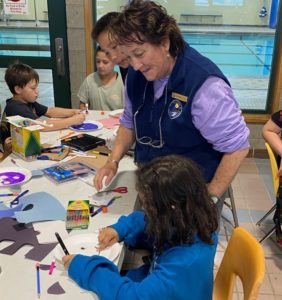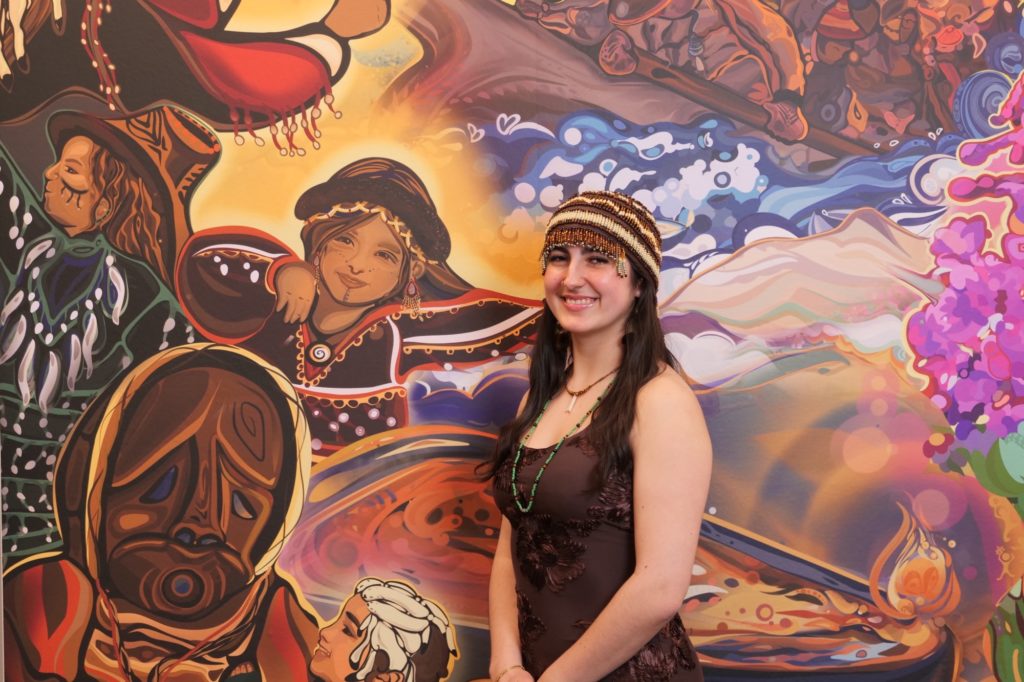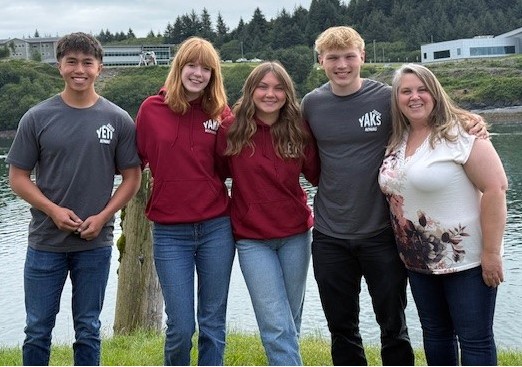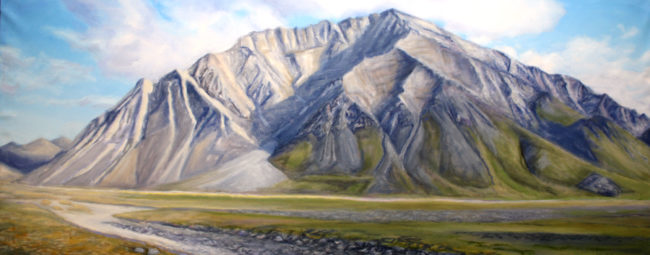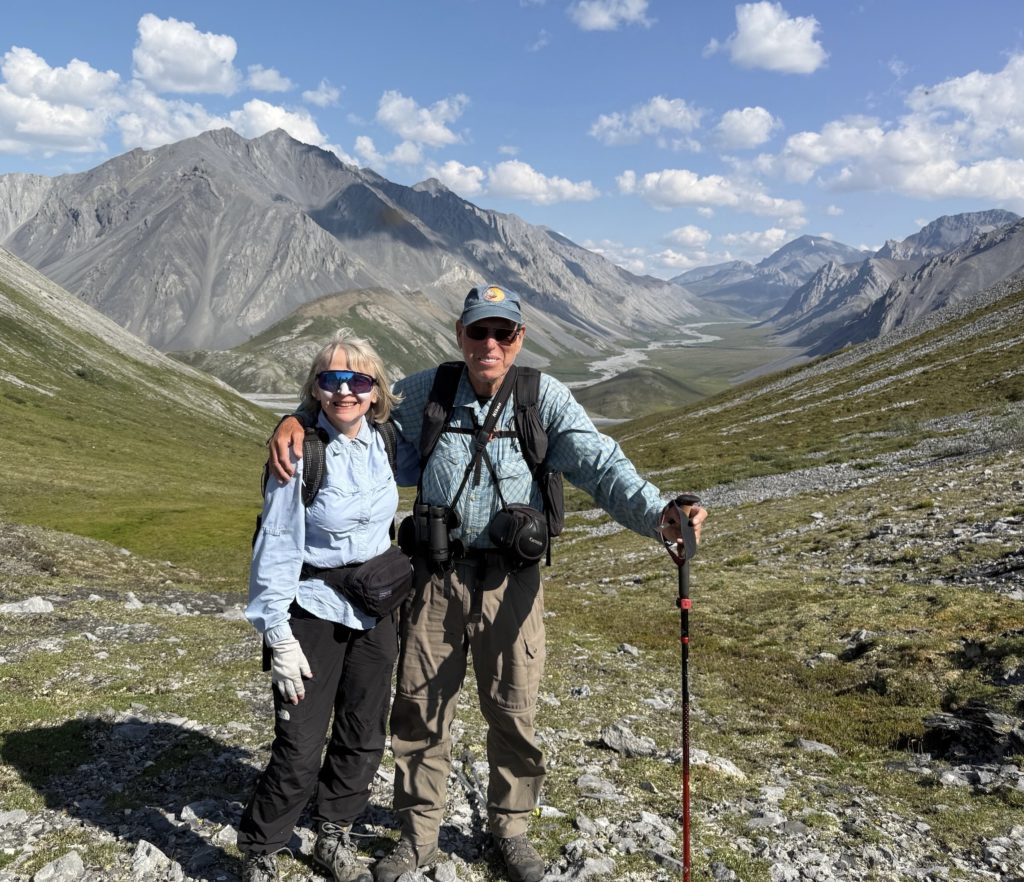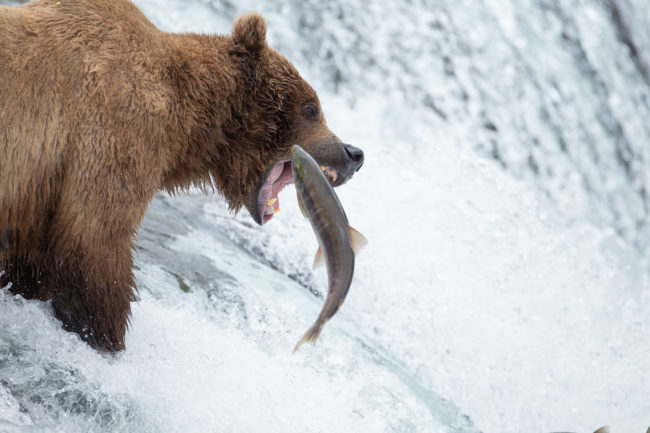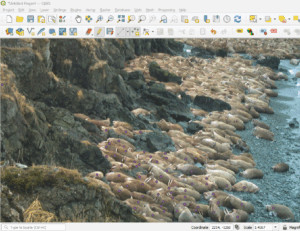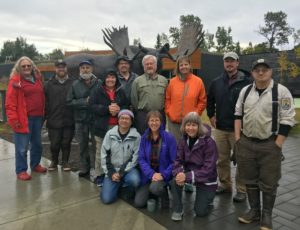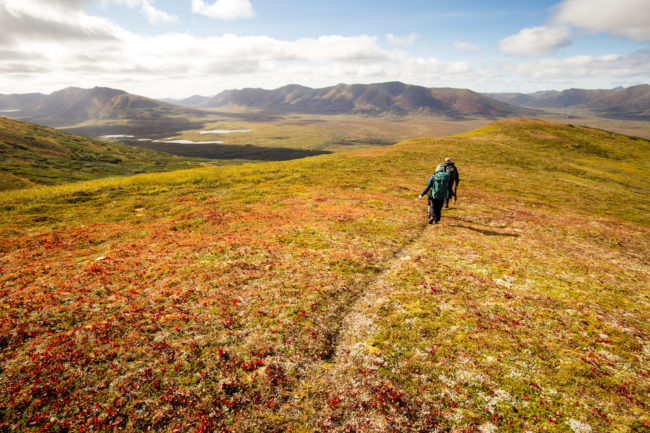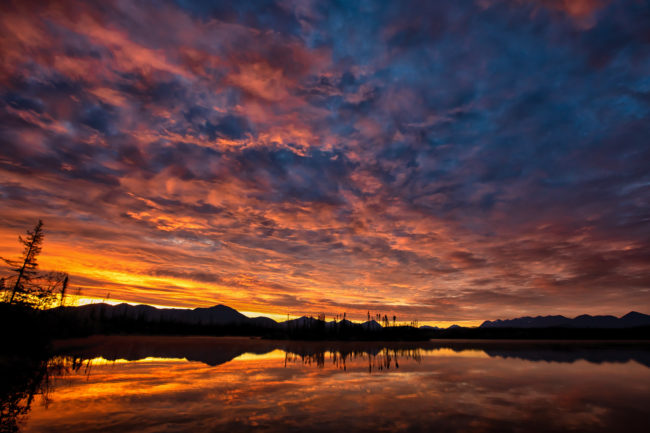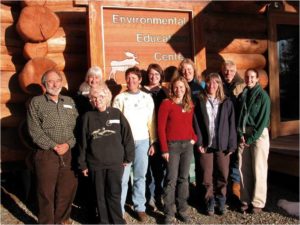By Poppy Benson, Outreach Chair
The nine of us Friends sailing out of Homer in early September expected to see coastal refuges and we did. We expected that in meeting with three refuge staffs we would learn from them their current challenges and we did. We expected to see marine wildlife in abundance and the wild and rugged grandeur of Alaska’s coastline and we did. We expected to have a wonderful time with a compatible group and we did. We just didn’t expect we would never get to our destination of Dutch Harbor on Unalaska Island where we had planned three days of hiking, cultural experiences and even a community presentation.
It was quite a shock when the Captain gathered all the passengers together in Cold Bay and said “We aren’t going any farther. The storm is too bad. We are tying up here for two nights and going back”. Wow! But Alaskans are nothing if not adaptable to weather and we quickly realized this gave us a unique opportunity to really explore Izembek National Wildlife Refuge. Izembek is probably the most expensive Alaska refuge to get to by plane, and here we were. We revisited the Grant Point overlook in sunny conditions, hiked down to look at the eel grass up close, checked out spawning salmon in every stream, drove backroads looking for bear and had many more quality conversations with Izembek staff. Nearly all the world’s population of Pacific Black Brant stop over at Izembek during fall migration. The first week of September was too early to experience Brant filling the skies but we were lucky to spot small flocks of both Brant and Emperor geese. Pam Seiser of Fairbanks remarked, “So many resources in such a small place – bear, birds, fish, ptarmigan. It must be a hunter’s paradise.” View a short video on Izembek here.
One goal of our Discovery trips is to give members a chance to experience off road refuges. The value of that was articulated by President Marilyn Sigman. “After being nearly blown off a ridge overlooking Izembek Lagoon, I have a much better feel for what a special place the Refuge is, the natural route and stopping off place for birds that migrate across the narrow isthmus between the Bering Sea and the Pacific Ocean.” Once a month the Tustumena provides a unique opportunity to experience five hard-to-access refuges. It sails from Homer out the Aleutian chain calling in three ports that are headquarters for refuges – the Alaska Maritime Refuge in Homer, Kodiak Refuge in Kodiak City and Izembek at Cold Bay. It passes by islands of the Alaska Maritime Refuge in route to Unalaska Island which is 90% refuge. It cruises by Kodiak, Alaska Peninsula and Becharof refuges although you don’t set foot on them. In Cold Bay, Izembek refuge staff meet every ferry with a van to take passengers out to a scenic overlook on the refuge. Visits to small isolated Alutiiq villages adjacent to the refuges gave us a glimpse of life there from Old Harbor’s lovely Russian Orthodox church to the charm of Chignik and the bustling fishing port of Sand Point.
The second goal of a Discovery trip is to meet the staff and learn firsthand about the work of their refuges and what Friends could do to help them fulfill their mission. All the refuges are lacking staff. Kodiak has 7 down from 15 a year ago. Izembek only 3. The hiring freeze continues keeping them from filling any positions such as the badly needed maintenance worker for Izembek. Both Kodiak and Izembek need funding to get employees or volunteers to the field. We funded the travel for two volunteers to Izembek this fall and we may be able to do more of that. Marilyn Sigman’s takeaway from observing the situation at Izembek was that “Izembek has such an amazing team, but there is only a Refuge Manager, Assistant Refuge Manager, and Biologist – no maintenance person for many WWII-era buildings (which we learned originally had plumbing pipes installed running uphill) and vehicles with no services available in Cold Bay. If the furnace breaks down in the middle of the winter, as it did last year, it was the Refuge Manager who had to fix it. She also takes her turn scrubbing toilets in advance of a public tour whenever the ferry stops in Cold Bay. The biologist gives the tour while driving a bus.” It was sobering seeing the reality of their situations.
We learned, we laughed, we adventured. See a photo gallery of our trip here. This is the third Discovery trip. Read about our Arctic and Yukon Delta refuge trips here. A Togiak Refuge trip for 2026 is in the planning and will be ready for booking before the holidays. Keep on eye on this newsletter as trips fill up nearly instantly.
